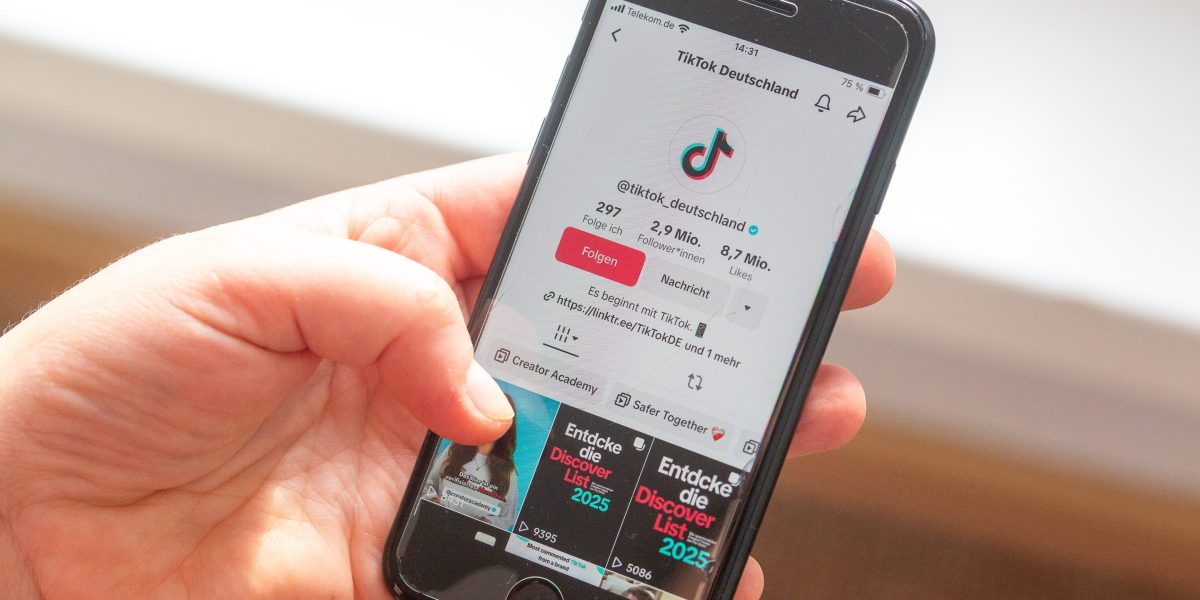- Tesla’s share of Europe’s EV market more than halved to just 10% in February, but last month likely marked the worst for the brand as the newer Model Y starts to roll out to customers who were waiting for its March arrival.
The full and unvarnished picture of Tesla’s plunging sales and dwindling market share in Europe has now emerged, thanks to new data, and it’s not pretty. The good news for investors, however, is the pain may finally be finding a bottom.
Sales globally have, in part, been hit by the transition to a newer version of the Model Y, the best-selling car in the world, with roughly 1.1 million built.
Changeovers in Tesla’s most important vehicle were bound to affect demand as many customers—having learned about the new vehicle in January—likely postponed their purchase until its arrival this month.
Registrations of new Tesla vehicles across Europe slumped 40% last month to approximately 16,900 cars, compared to the previous February, according to data published on Tuesday by the European auto industry association ACEA.
The overall market for fully electric vehicles simultaneously expanded by 26% to nearly 165,000 cars during the period. That means Tesla’s share more than halved to 10.3% last month from 21.6% in February 2024.
According to the ACEA, registrations for Tesla fell 43% to 26,619 vehicles for the first two months of 2025 combined.
The lobbying group aggregates all data from the 27 member states of the European Union, including the tiny island nation of Malta, the three EU partner states Norway, Iceland, and Switzerland, and the UK.
While it is published realtively late towards the end of every following month, its statistics serve as the most authoritative indicator of demand on the continent.
Musk’s interference in Germany’s elections appears to have severely hurt local demand
Part of this undoubtedly stems from the changeover to the new Model Y, which also resulted in a scheduled production shutdown at Tesla’s only European factory for the necessary retooling.
“Brands like Tesla, which have a relatively limited model lineup, are particually vulnerable to registration declines when undertaking a model changeover,” wrote Felipe Muñoz, industry analyst with market research firm JATO, on Monday.
However, there are also signs of brand destruction that can be traced back to Elon Musk. The Tesla boss has prioritized pushing a wholesale reform of Western liberal democracy focused on a CEO-style central executive that can act unimpeded by legislative or judicial checks and balances.
This activism comes at the cost of his own commercial interests and those of his investors, though.
Montreal-based portfolio manager Simon Hale from Wellington Altus earlier this month revealed many of his Jewish clients were pressing him to sell their money that was invested in Tesla over their concerns that Musk is empowering far-right populists across the West.
Last month, the Tesla CEO actively, repeatedly and vociferously intervened in Germany’s election on behalf of the nationalist Alternative for Germany, which favors reconciliation with Russia’s president Vladimir Putin and pushes for Berlin to withdraw from the EU.
As a result, demand in Germany has fallen off the sharpest.
Cumulative sales in the first two months plummeted by more than 70% to just 2,700 vehicles. Since that is only half of the 5,300 cars that Tesla sold in the smaller EV market of the UK, it’s likely much of that drop is due to Musk’s support of the AfD rather than the Model Y.
Is the worst now over?
Next month, two effects could help lessen the blow going forward in Europe. For one, the brand will have finally lapped the worst of its year-on-year comps, as March 2024 marked the beginning of a protracted drop in sales across Europe with a hefty 35% decline. That lowers the previously high bar Tesla had to face in recent months, which exacerbated the percent declines.
Secondly, the production stop is over, and the first refreshed Model Y units have been shipped to customers. The changeover to the newer version now flips the story for Tesla, as it starts to act in Tesla’s favor now that supply can ramp up to meet any demand.
What this means can already be seen in data coming out of China on Tuesday. Tesla celebrated its best week of 2025 in the world’s largest EV market with 17,400 new cars registered.
Analysts at Piper Sandler interpreted this as a sign that demand can now begin to gradually recover following the February production halt in Shanghai to prepare for the newer Model Y.
“With eight days of data remaining in the quarter, there’s an outside chance Tesla could achieve flat year-on-year growth (or thereabouts) in 1Q25,” wrote Piper Sander, referring to the Chinese market.
This story was originally featured on Fortune.com
Source link


 Entertainment8 years ago
Entertainment8 years ago
 Politics8 years ago
Politics8 years ago
 Entertainment8 years ago
Entertainment8 years ago
 Entertainment8 years ago
Entertainment8 years ago
 Tech8 years ago
Tech8 years ago
 Tech8 years ago
Tech8 years ago
 Tech8 years ago
Tech8 years ago
 Politics8 years ago
Politics8 years ago






